A patient with chronic kidney disease is at risk for developing which of the following electrolyte imbalances?
A. Decrease in the concentration of calcium in the glomerulus.
B. Increase in the concentration of potassium in the blood.
C. Decrease in the concentration of sodium in the blood.
D. Increase in the concentration of magnesium in the blood.
The correct answer is choice B.
A patient with chronic kidney disease is at risk for developing an increase in the concentration of potassium in the blood.
The kidneys play a pivotal role in the regulation of electrolyte balance.
With progressive loss of kidney function, derangements in electrolytes inevitably occur and contribute to poor patient outcomes123.
Choice A is incorrect because calcium concentration is not regulated in the glomerulus.
Choice C is incorrect because chronic kidney disease can result in either an increase or decrease in sodium concentration in the blood.
Choice D is incorrect because chronic kidney disease does not necessarily result in an increase in magnesium concentration in the blood.
Therefore, the Correct Answer is B.
More Questions on TEAS 7 Science
-
Q #1: A patient with chronic kidney disease is at risk for developing which of the following electrolyte imbalances?
A. Decrease in the concentration of calcium in the glomerulus.
B. Increase in the concentration of potassium in the blood.
C. Decrease in the concentration of sodium in the blood.
D. Increase in the concentration of magnesium in the blood.
Answer Explanation
The correct answer is choice B.
A patient with chronic kidney disease is at risk for developing an increase in the concentration of potassium in the blood.
The kidneys play a pivotal role in the regulation of electrolyte balance.
With progressive loss of kidney function, derangements in electrolytes inevitably occur and contribute to poor patient outcomes123.
Choice A is incorrect because calcium concentration is not regulated in the glomerulus.
Choice C is incorrect because chronic kidney disease can result in either an increase or decrease in sodium concentration in the blood.
Choice D is incorrect because chronic kidney disease does not necessarily result in an increase in magnesium concentration in the blood.
-
Q #2: In a well-designed experiment, all variables apart from the treatment should be kept constant between what?.
A. Control group and treatment group.
B. Independent variable and dependent variable.
C. Experimental group and non-experimental group.
D. High level and low level of the independent variable.
Answer Explanation
In a well-designed experiment, all variables apart from the treatment should be kept constant between the control group and treatment group.
This means researchers can correctly measure the entire effect of the treatment without interference from confounding variables.

Choice B) Independent variable and dependent variable is incorrect because these are not groups but rather variables.
The independent variable is manipulated by the experimenters while the dependent variable is measured to see if it changes as a result of the manipulation.
Choice C) Experimental group and non-experimental group is incorrect because a non-experimental group is not a term used in experimental design.
The correct term for the group that does not receive the treatment is control group.
Choice D) High level and low level of the independent variable is incorrect because these are levels of the independent variable, not groups.
In an experiment, there can be multiple levels of the independent variable, but they are applied to different groups (e.g.
control group, treatment group).
-
Q #3: Which of the following allows a limited range of immune cells to detect and respond rapidly to a wide range of pathogens that share common structures?
A. Pattern recognition receptors (PRRs)
B. Cytokines
C. Chemokines
D. T cells .
Answer Explanation
Pattern recognition receptors (PRRs) are a class of receptors that can directly recognize the specific molecular structures on the surface of pathogens.
PRRs play a crucial role in the proper function of the innate immune system and are germline-encoded host sensors, which detect molecules typical for the pathogens.
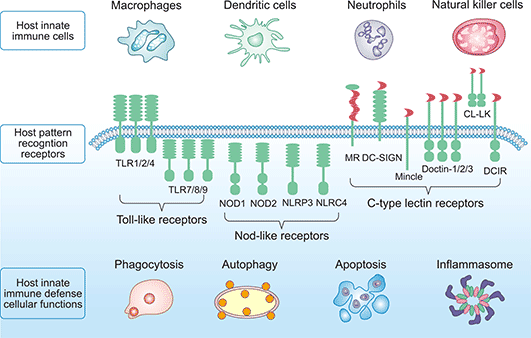
Choice B is incorrect because cytokines are not receptors but rather signaling molecules that regulate immunity.
Choice C is incorrect because chemokines are not receptors but rather signaling molecules that attract immune cells to sites of infection.
Choice D is incorrect because T cells are not receptors but rather white blood cells that assist B cells or directly kill infected cells.
-
Q #4: Which of the following hormones is responsible for regulating the body's metabolism and energy levels?
A. Estrogen
B. Progestin
C. Thyroxine
D. Androgen
Answer Explanation
The correct answer is choice C. Thyroxine.
Thyroxine (T4) is a hormone produced by the thyroid gland that controls your body’s metabolism, the process in which your body transforms the food you eat into energy.
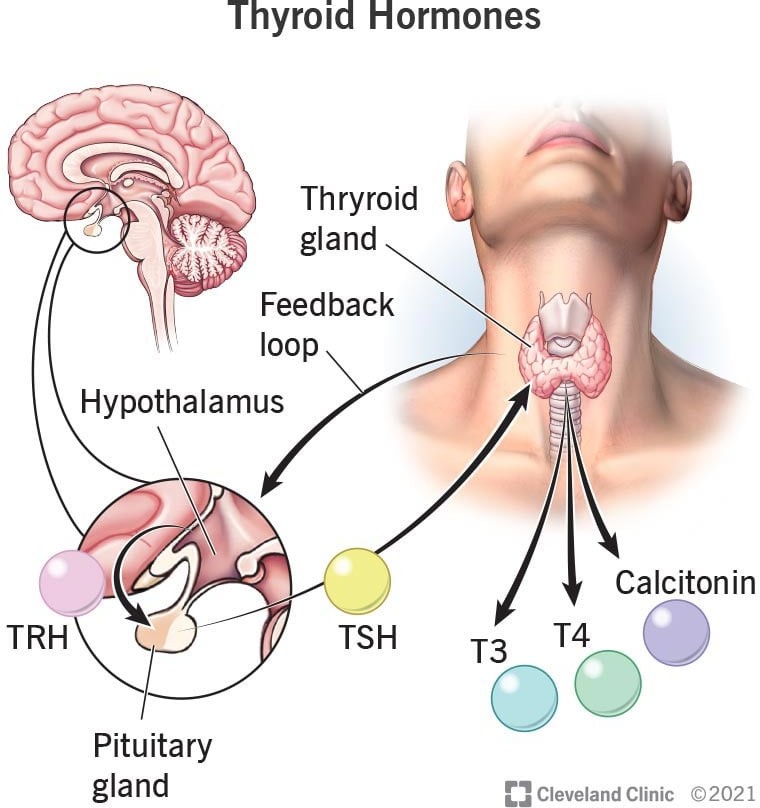
Choice A, Estrogen, is not the correct answer because it is a hormone responsible for the development of female secondary sexual characteristics.
Choice B, Progestin, is not the correct answer because it is a synthetic form of progesterone used in hormonal birth control and hormone replacement therapy.
Choice D, Androgen, is not the correct answer because it is a hormone responsible for the development of male secondary sexual characteristics.
-
Q #5: What is the normal flora?
A. A variety of microbial species found in certain areas of the human body.
B. A group of infectious parasites that cause diarrheal diseases.
C. The genetic material of bacteria housed within a true nucleus.
D. The protein coat surrounding the viral genome.
Answer Explanation
The normal flora refers to the microbial community that colonizes on the skin and mucus membrane .
Normal flora can be found in many sites of the human body including the skin, respiratory tract, urinary tract, and the digestive tract.

Choice B is incorrect because normal flora does not refer to a group of infectious parasites that cause diarrheal diseases .
Choice C is incorrect because normal flora does not refer to the genetic material of bacteria housed within a true nucleus .
Choice D is incorrect because normal flora does not refer to the protein coat surrounding the viral genome .
-
Q #6: What is the organelle that encapsulates the contents of the cell and plays a vital role in regulating the movement of substances in and out of the cell?.
A. Ribosome
B. Nucleus
C. Mitochondria
D. Plasma membrane.
Answer Explanation
The plasma membrane is the organelle that encapsulates the contents of the cell and plays a vital role in regulating the movement of substances in and out of the cell.
It is a selectively permeable barrier that separates the internal environment of the cell from the external environment.
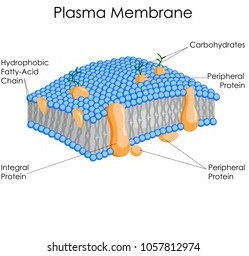
Choice A is incorrect because ribosomes are organelles involved in protein synthesis, not in regulating the movement of substances in and out of the cell.
Choice B is incorrect because the nucleus is an organelle that contains the cell’s genetic material, not in regulating the movement of substances in and out of the cell.
Choice C is incorrect because mitochondria are organelles involved in energy production, not in regulating the movement of substances in and out of the cell.
-
Q #7: What is a primer in DNA sequencing?
A. A short piece of double-stranded DNA that binds to the template DNA and acts as a "starter" for the polymerase.
B. A short piece of double-stranded DNA that binds to the primer and acts as a "starter" for the template.
C. A short piece of single-stranded DNA that binds to the template DNA and acts as a "starter" for the polymerase.
D. A short piece of single-stranded DNA that binds to the polymerase and acts as a "starter" for the template.
Answer Explanation
A primer is a short single-stranded DNA fragment used in certain laboratory techniques, such as the polymerase chain reaction (PCR).
In the PCR method, a pair of primers hybridizes with the sample DNA and defines the region that will be amplified.

Choice A) A short piece of double-stranded DNA that binds to the template DNA and acts as a “starter” for the polymerase is incorrect because primers are single-stranded, not double-stranded.
Choice B) A short piece of double-stranded DNA that binds to the primer and acts as a “starter” for the template is incorrect because it does not make sense for a primer to bind to itself.
Choice D) A short piece of single-stranded DNA that binds to the polymerase and acts as a “starter” for the template is incorrect because primers bind to the template DNA, not to the polymerase.
Note: DNA primers are used instead of RNA primers in DNA sequencing and PCR because DNA is more stable, specific, and compatible with the enzymes and processes involved in these techniques.
-
Q #8: What is the largest vein in the human body that returns deoxygenated blood from the upper half of the body to the right atrium of the heart?
A. Superior vena cava.
B. Inferior vena cava.
C. Pulmonary vein.
D. Renal vein.
Answer Explanation
The correct answer is choice A.
The superior vena cava is the largest vein in the human body that returns deoxygenated blood from the upper half of the body to the right atrium of the heart.
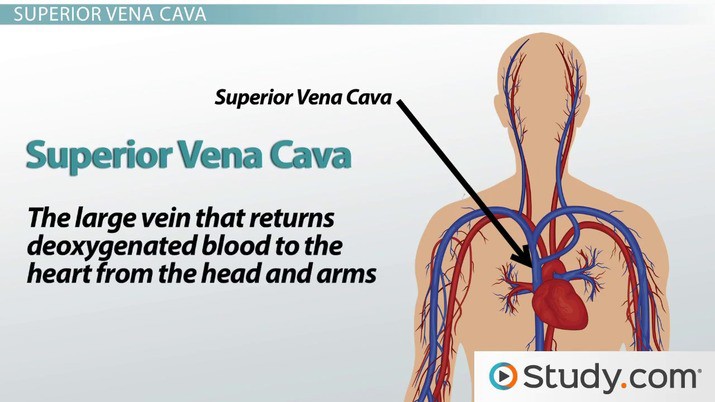
Choice B is incorrect because the inferior vena cava returns deoxygenated blood from the lower half of the body to the right atrium of the heart.
Choice C is incorrect because the pulmonary vein carries oxygenated blood from the lungs to the left atrium of the heart.
Choice D is incorrect because the renal vein carries deoxygenated blood from the kidneys to the inferior vena cava.
-
Q #9: Which process involves the fusion of male and female gametes resulting in the formation of a zygote?
A. Oogenesis.
B. Fertilization.
C. Meiosis.
D. Mitosis.
Answer Explanation
Fertilization.
Fertilization is the process by which male and female gametes fuse to form a zygote.
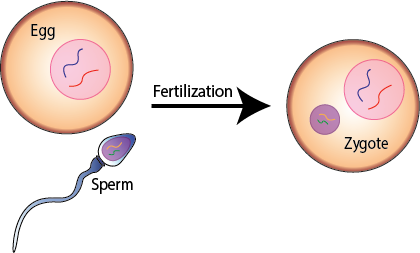
Oogenesis (choice A) is the process by which female gametes, or eggs, are produced.
Meiosis (choice C) is a type of cell division that results in the formation of gametes.
Mitosis (choice D) is a type of cell division that results in the formation of two identical daughter cells.
-
Q #10: A nurse is conducting a research study to compare the effects of two different pain medications on postoperative patients. The nurse randomly assigns the patients to either receive medication A or medication B. Which of the following is the best way to ensure that the study is valid and reliable?
A. Use a large sample size and a standardized procedure for administering the medications.
B. Use a placebo group and a double-blind technique for giving the medications.
C. Use a matched-pairs design and a crossover technique for switching the medications.
D. Use a convenience sample and a pretest-posttest design for measuring the pain levels.
Answer Explanation
The correct answer is choice B.
Using a placebo group and a double-blind technique for giving the medications is the best way to ensure that the study is valid and reliable.
A placebo group helps control for the placebo effect, which can influence the results of a study.
A double-blind technique means that neither the patients nor the researchers know which medication is being given, reducing bias.
Choice A is not the best answer because while a large sample size and standardized procedure can increase reliability, they do not address validity.
Choice C is not the best answer because a matched-pairs design and crossover technique are useful for reducing variability but do not address validity.
Choice D is not the best answer because a convenience sample may not be representative and a pretest-posttest design does not control for extraneous variables.
Free Access on TEAS 7 Exams and Study Notes
- Access to all TEAS 7 Exams
- Performance Tracking and Analysis
- Well Documented and Explained Questions and Answers
- 2000+ Questions and Correct Answers: Answers Well Explained
- Libary of Detailed StudyNotes
- Topical Questions and Answers on Examinable topics
TEAS 7 Exams (Q&A)
TEAS 7 Study Notes
TEAS 7 Topical Tests

TEAS 7 Study Guides
Quick Links
Refer a Friend
Refer a friend and claim free unlimited access

© 2024 ExamGates Made with by ExamGates
